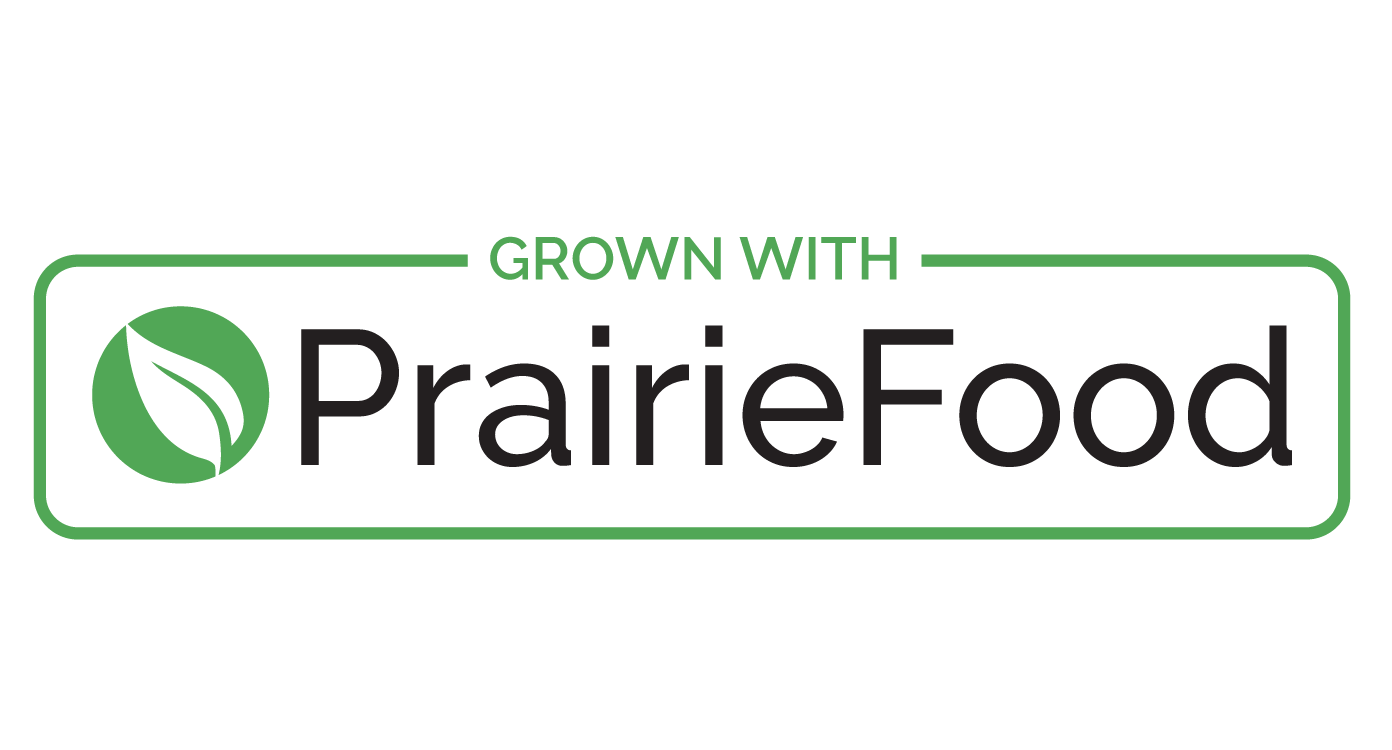Frequently Asked Questions
-
PrairieFood™ is a micro-carbon-rich soil amendment that feeds soil microbes. It’s a superfood of diverse carbons that promotes soil health by improving microbial diversity and soil nutrient cycling
-
PrairieFood™ increases overall soil and plant health by catalyzing soil microbial activity, which leads to enhanced photosynthesis and improved nutrient cycling. PrairieFood supports natural soil-plant mechanisms that build soil organic matter and microbial populations that cycle nutrients on demand. Healthier soils are more resilient to stresses, and provide higher yields, water savings, and reduced reliance on chemical inputs.
Our customers see the difference in the first growing season when comparing PrairieFood treated to untreated areas. Visible evidence of higher microbial activity is seen through comparing plants’ roots. Plants grown in PrairieFood-treated soils have larger root systems, vastly more fine root hairs, and show greater overall vigor. After the first year, many customers report seeing earthworms for the first time in decades, further evidence that the soil ecosystem is gaining back its function.
-
Readily available biomass is converted to PrairieFood™ using a type of hydrothermal processing (hot water under pressure). Our Pratt, KS plant currently uses two biomass sources, bovine manure and spent grains from the local ethanol plant, converting long-chain carbons to a vast array of easily digestible forms for all soil microbes. The micro-nutrients from the original feedstock are also contained in PrairieFood™.
-
PrairieFood™ provides a food source to instantly grow microbial biomass, and diversity, markers of improved soil health. It accelerates the reproduction and growth of all classes of existing microbes in all types of soils, which improves the overall function of the soil. PrairieFood™ boosts natural processes that increase soil organic matter, aggregation, and water capture and storage.
-
PrairieFood™ improves soil health by repairing and enhancing the soil ecosystem:
• More numerous and diverse soil microbes transform more soil nutrients into plant-available forms.
• Larger, healthier plants reflect a ramping up of photosynthesis, increasing the flow of carbon from the atmosphere to the soil, and building soil organic matter (SOM).
• Higher SOM allows for better infiltration, more water holding capacity, increased nutrient availability, and higher fertility.
-
Soils that function well support plant growth. When a plant grows, it sends signals to the soil biology requesting nutrients. Soil microbes respond and transform nutrients into a plant-available form. Plants reciprocate by feeding a large portion of the carbon gained through photosynthesis into its root zone for microbial consumption. By supporting this exchange of services between the soil and plant, PrairieFood™ substantially increases plant biomass above and below ground. More biomass - higher yields.
-
Soils that function as Mother Nature intended respond to plants by converting nutrients to plant-available forms. Highly functioning soils don’t need as many inputs and they help plants fend off pests and diseases.
By increasing soil health, PrairieFood™ helps farmers restore soil function, which reduces reliance on chemical inputs.
-
PrairieFood's Green Glove Service (GGS) is provided to help producers adopt practices that build soil health. The service includes soil health tests, general guidance on soil health practices, and in-field observations during the growing season. The ultimate goal is to increase per-acre profits and overall soil function by building soil organic matter, water-holding capacity, and nutrient cycling. The service is available to growers who have made a minimum purchase of PrairieFood™. PrairieFood offers additional support through field planning services and soil health guidance and can refer customers to trusted regenerative ag consultants if more detailed agronomic advice is preferred.
Place your order today: https://www.prairiefood.com/contact
-
• PrairieFood™ can be applied anytime. It does not harm plants when applied on top of a growing crop.
• PrairieFood™ is a liquid and can be applied with most application equipment and through pivots.
• The recommended application rate for PrairieFood™ is 20-40 gallons per acre per year depending on the cropping system and soil condition.
• PrairieFood™ also helps increase microbial activity, accelerating the breakdown of crop residues. For example, corn growers apply 20 gallons just before or at planting and another 20 gallons post-harvest with a cover crop to help break down residue. The additional nutrients retrieved from decomposed residue help offset the cost of the product, and the soil function starts in a better place for the next cropping season.
• PrairieFood™ best practices
-
• Tillage practices and burning do not diminish PrairieFood™’s ability to feed the soil. However, some practices can cause setbacks in soil health gains and PrairieFood™ helps a soil recover from such disturbances.
• PrairieFood™’s impacts are enhanced by regenerative practices such as low or no-till, keeping a living root in the soil (i.e., planting a winter cover), and promoting diversity through diverse rotations or cover crops.
-
Yes. PrairieFood™ is comprised of biomass that has gone through a process that sterilizes any pathogens. Our organic growers have received approval from their organic certifying agencies to use PrairieFood. Here’s how they did it and you can too:
(1) Request a product information packet from PrairieFood (feedsoil@prairiefood.com).
(2) Submit it to your local certifier with a request for product approval. PrairieFood staff will answer certifier questions.
(3) Once approval is received, apply PrairieFood.
